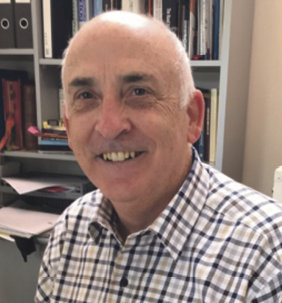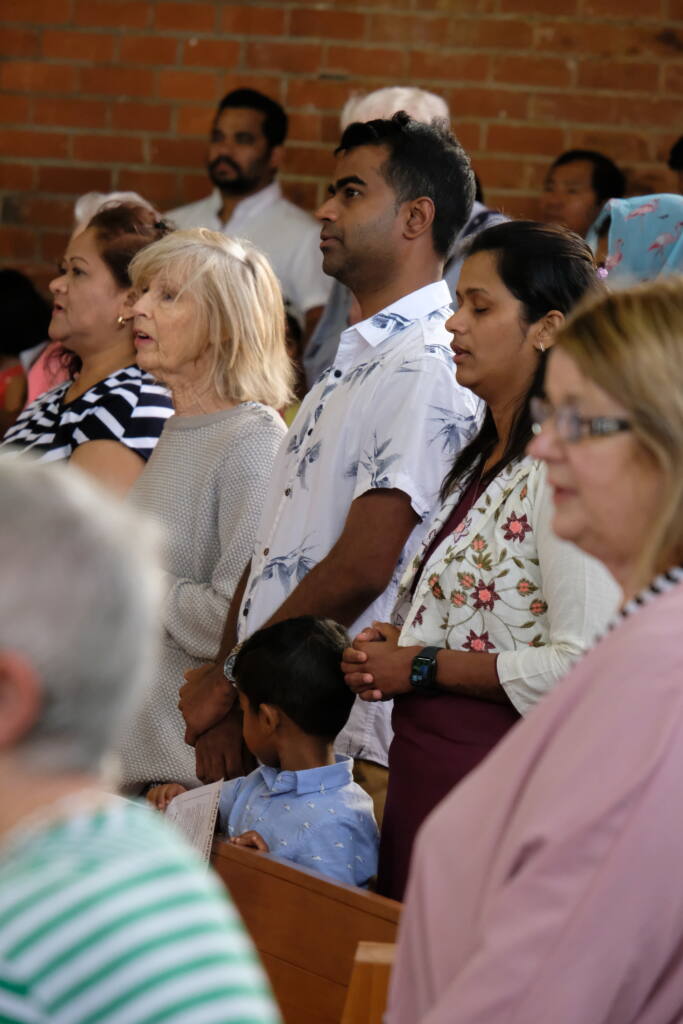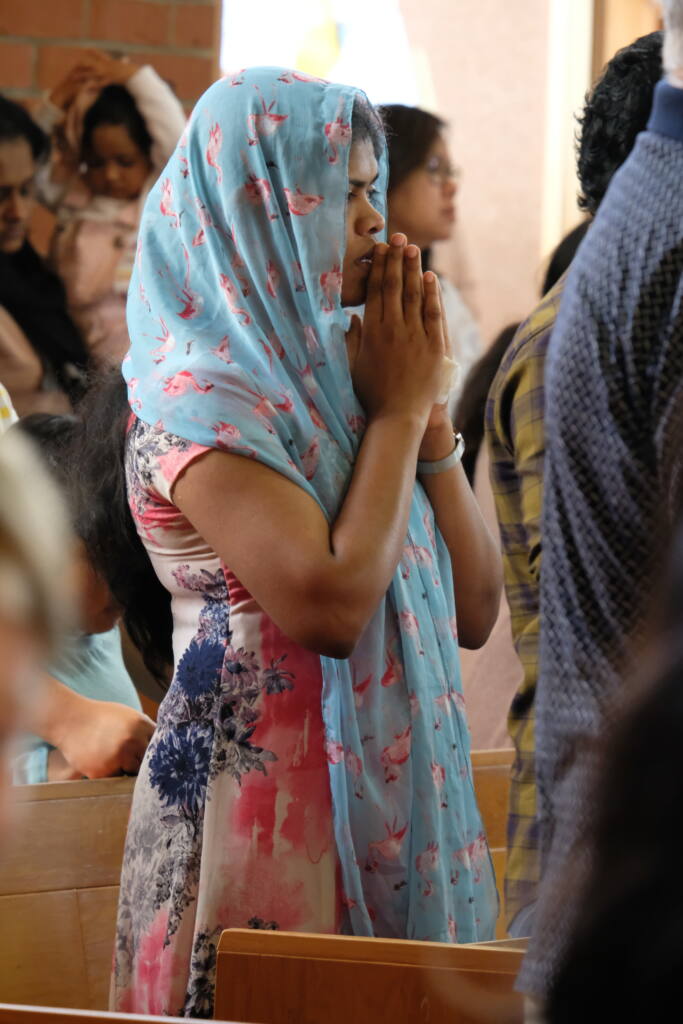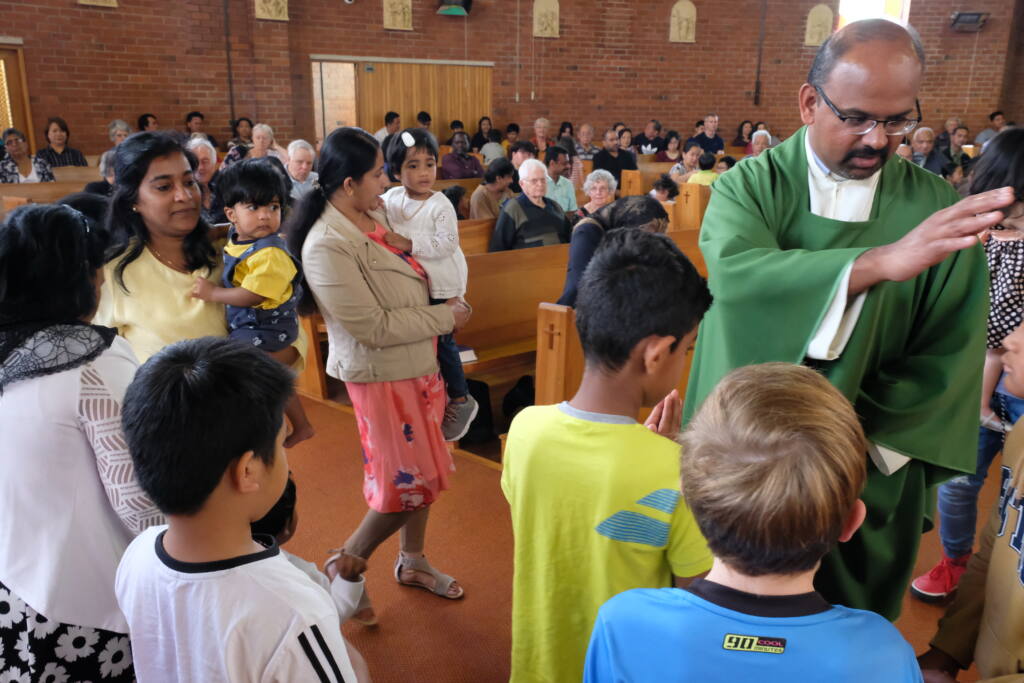WelCom August 2021

The emergence of a ‘Fourth Church’ in New Zealand calls for genuine dialogue among the various traditions of Catholicism in this country, says Dr Joe Grayland, priest and theologian in the Diocese of Palmerston North.

Shema Israel: ‘Listen Israel, the Lord your God is One. Love the Lord with all your heart, mind, soul and strength’ leads us to contemplate the oneness of God. The command to love our neighbour as ourselves leads us to a contemplation on the nature of love and our neighbour. Often the neighbour is said to be ‘the other’, an unknown, not of our house. Indeed, we often worship as a community of strangers, standing beside a baptised neighbour during the Eucharistic Prayer.
The great command to love our-neighbour-in-baptism in an evolving church is no less challenging than to love the neighbour-who-is-the-stranger at the mall. The awareness of believers who are strangers-to-each-other in cultural, religious and linguistic terms challenges us to find places of dialogue, places where we can listen and love.
Migration has brought both the new parishioners and the clergy from the ‘old country’. Once, it was Ireland, then the Pacific, now it is India, the Philippines and Asia, soon it will be Africa.
“Looking forward, a key element of our future will be a multi-layered dialogue between traditions of Catholicism, concepts of God, liturgical expressions and our unique cultural context.”
The First Church was the Missionary Church of the French to Māori. It was marae-based and missionaries travelled extensively. This is the ‘original’ church of the missionaries, who were mainly French. They came to the Māori, and for the Māori. This church was generally pro-Māori, pro-French and anti-English establishment. This church has all but disappeared.



Fr Robin Kurian ic blesses the children at Sunday Mass at St Mary’s Church, Palmerston North. Below: members of St Mary’s congregation at Sunday Mass. Photos: Annette Scullion/WelCom
The Second Church, the Settler Church, was English-speaking and Irish in culture. This church created the Catholic compound of the parish church, convent, school and presbytery, a construct that has formed our idea of parish, priesthood, religious life, Catholic education and mission ever since. It is the dominant, and dying, model of parish and school that we encounter today. This model was supported by nineteenth-century religious congregations, founded on the various pieties of the period and the missionary activism, both of which have faltered during the late twentieth century. Similarly, the schools are faltering because of the limited availability of baptised pupils and the diocesan system is forced to import clergy to prop up the settler parishes, which are largely unsustainable.
The Third Church is the Pasifika Church. This church is language-specific with strong cultural identity and nationalistic tendencies, but it tends to live in parallel to the mainline Settler Church. This church is strong in locations where immigration and employment opportunities have created local Pasifika worshipping communities. Language and cultural identity remain strong for Pasifika Catholic communities and without language and cultural skills, entry is mostly impossible for outsiders. One strong and unique element of the Pasifika Church is the role of the catechist, which has enabled many Pasifika communities to continue without being clergy-dependent.
The Fourth Church might be broadly described as ‘Asian’ and includes people from South East Asia, North Asia, the Philippines, Indonesia and India amongst many countries. This church is not homogeneous. It comes with many languages, often centuries of Catholicism and strong traditions of popular piety. Believers come from cultural contexts where religion and religious belief are an integral part of life. In these contexts, overt, publicly-recognised religion and belief play a huge part in the visibility of church life and belief. There are strong, centuries-old, traditions of Christianity as well as significant histories of religious conflict. Christianity lives amongst other significant indigenous and introduced religions such as Hinduism, Buddhism, Taoism, and Islam.
The advent of the Fourth Church is changing the contemporary face of Catholicism. In some places this is quite rapid. Overall, we are struggling, without the help of sociologists and anthropologists, to understand the deep complexity of our experience of change, especially now as the dominant Settler Church begins to feel the impact of decline and cultural change.
Looking forward, dialogue will become a key element of our future. It will be a multi-layered dialogue between traditions of Catholicism, concepts of God, liturgical expressions and our unique cultural context. Language for a time will be a key focus of ritual and pastoral practice and will reflect the restored place of Te Reo Māori generally in social expectation, though other languages will have to find their place within the hierarchy of languages.
Ritual will be used to build bridges and initiate welcome. Initially ritual will use various languages and pious practices, but in time a much more significant, liturgical change will be required. It will have to go the heart of why, how and where we worship.
Liturgical changes will call into the question current ritual presumptions. We will have to move from monolingual ritual buildings that express a ‘one-size-fits-all’ approach to liturgical spaces that seek to engage, in creative ways, a diversity of believers.
“It is vital that key agreed liturgical-theological principles are respected and followed.”
As we work to integrate legitimate cultural expression into liturgical prayer, we will encounter blocks to unity, such as nationalistic and cultural values that have established rituals and are resistant to change. Each adaptation will expose the opportunities for growth and threaten the stability of the worshipping assembly. Therefore, it is vital that key agreed liturgical-theological principles are respected and followed. The threat for members of the existing three churches is a new colonialisation and the experience of being strangers in their own church. The challenge for migrant believers and clergy is to enter parish life, contribute to it in rich ways, and not expect to find here what they have left at home.
Rev Dr Joe Grayland is a theologian and a priest of the Diocese of Palmerston North. He is an author and speaker with specialty in Christian Initiation theology, Liturgical Architecture and contemporary religious culture. His latest book is titled: Catholics. Prayer, Belief and Diversity in a Secular Context (Te Hepara Pai, 2020).